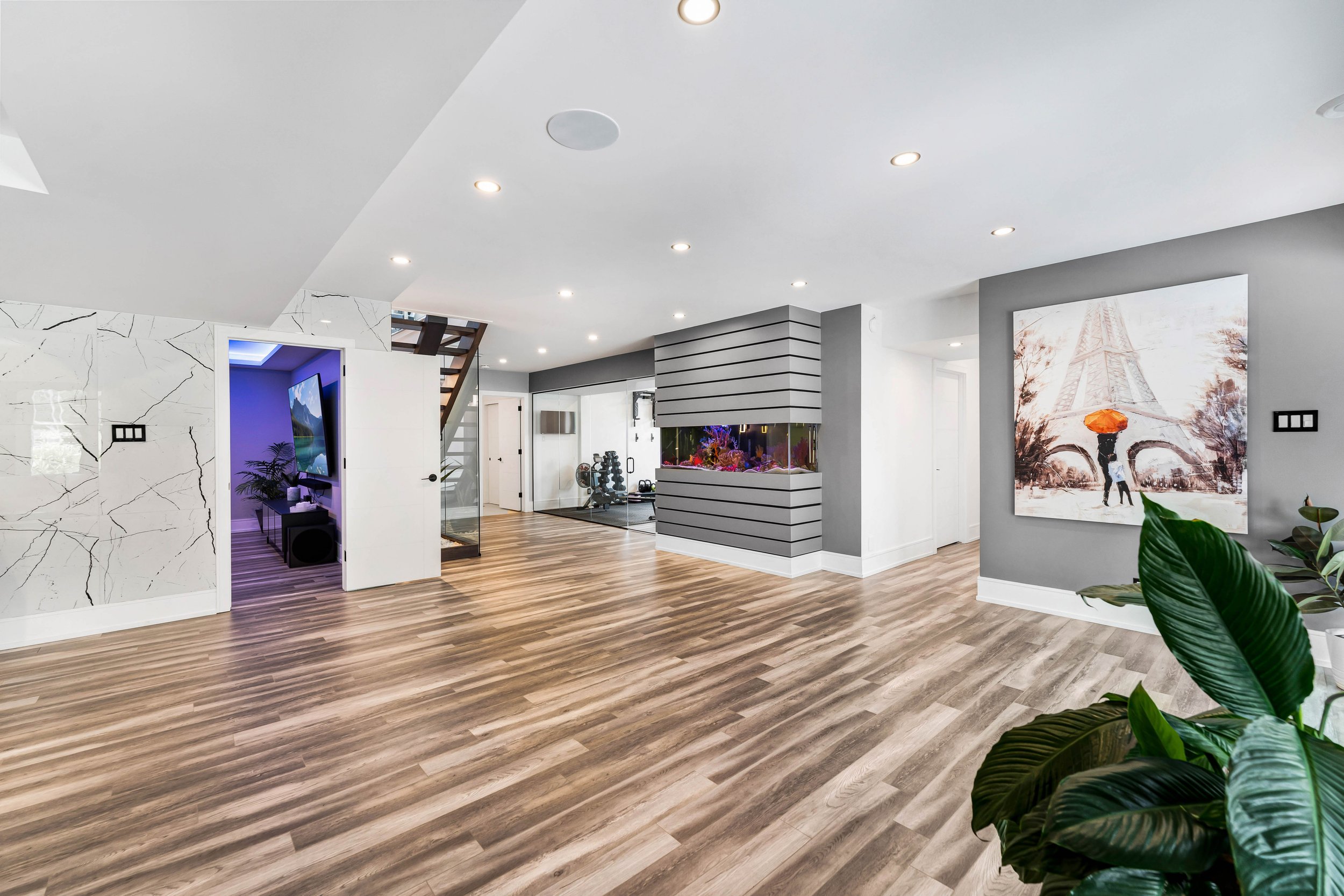What Is HDR Photography?
What Is HDR Photography?
HDR Photography, or High Dynamic Range Photography, is a groundbreaking technique designed to capture the most intricate details of a scene by balancing light and dark areas. It bridges the gap between what our eyes naturally perceive and what a standard camera captures. From vibrant landscapes to intricate real estate interiors, HDR photography enhances visual storytelling by revealing details often lost in shadows or highlights.
Understanding HDR Photography
What Does HDR Stand For?
HDR stands for High Dynamic Range. It’s a photography method that maximizes the range of light and shadow captured in an image, making it appear more lifelike.
The Science Behind HDR
Cameras have limitations in capturing the full range of light compared to the human eye. HDR compensates by combining multiple exposures, ensuring that both bright skies and dark interiors are represented equally well.
How the Human Eye Inspires HDR Techniques
Our eyes constantly adapt to light and dark areas, creating a balanced view. HDR aims to replicate this adaptability, giving photographs a natural, dynamic feel.
How HDR Photography Works
The Process of Bracketing
Bracketing involves taking multiple shots of the same scene at different exposure levels—some darker, some brighter—to capture details in shadows and highlights.
Combining Exposures for Perfect Balance
Specialized software blends these bracketed images into one, creating a photograph that highlights both the brightest and darkest areas seamlessly.
Essential Tools: Tripods and Software
A steady tripod ensures consistency between shots, and software like Adobe Lightroom or Photomatix is used to merge exposures for stunning results.
Benefits of HDR Photography
Enhanced Details in Highlights and Shadows
HDR brings out details in both the brightest and darkest areas of a photo, offering a balanced view that feels immersive.
Richer, More Vibrant Colors
From deep blues in skies to lush greens in gardens, HDR enhances colors, making images pop.
Improved Visual Appeal
HDR photographs are eye-catching, helping photographers and marketers capture attention quickly.
HDR Photography in Real Estate
Why HDR is a Game-Changer in Real Estate
Real estate relies on visuals. HDR ensures that every corner of a room or outdoor space is captured beautifully, enticing buyers to explore further.
Showcasing Properties Effectively
By balancing bright windows and dark interiors, HDR provides potential buyers with an accurate view of a property’s layout and ambiance.
Examples of HDR in Real Estate Photos
HDR excels in making living rooms look inviting, kitchens shine, and exteriors pop with vibrant curb appeal.
Why Use HDR Photography for Real Estate?
Capturing the True Essence of a Property
HDR ensures that a property’s best features stand out, from well-lit spaces to intricate architectural details.
Making Listings Stand Out
In a sea of average listings, HDR photos grab attention, ensuring properties look their best.
How Buyers Engage with HDR Photos
Buyers linger on HDR images longer, as they provide a clear, detailed view of what the property offers.
The Art of Balancing HDR Photography
Avoiding Overprocessing
While HDR enhances photos, overdoing it can result in images that look artificial and unappealing.
Natural vs. Enhanced HDR
The goal is to find the sweet spot—making photos vibrant and detailed without sacrificing realism.
Conclusion
HDR photography transforms how we capture and view the world. For real estate professionals, it’s a vital tool for making properties shine in competitive markets. By blending artistry with technology, HDR elevates every listing, ensuring buyers take notice.
FAQs
What is the ideal equipment for HDR photography?
A DSLR or mirrorless camera, a sturdy tripod, and HDR software like Lightroom are essentials.How do I balance HDR effects for a natural look?
Avoid over-editing and focus on blending exposures for a realistic finish.Is HDR suitable for all types of real estate photography?
Yes, but it works best in properties with varied lighting conditions.How does HDR differ from standard photography?
HDR captures a wider range of light and shadow, offering more detail and vibrancy.Can HDR photography be overdone?
Yes, excessive editing can make photos look unrealistic. Aim for subtle enhancements.












